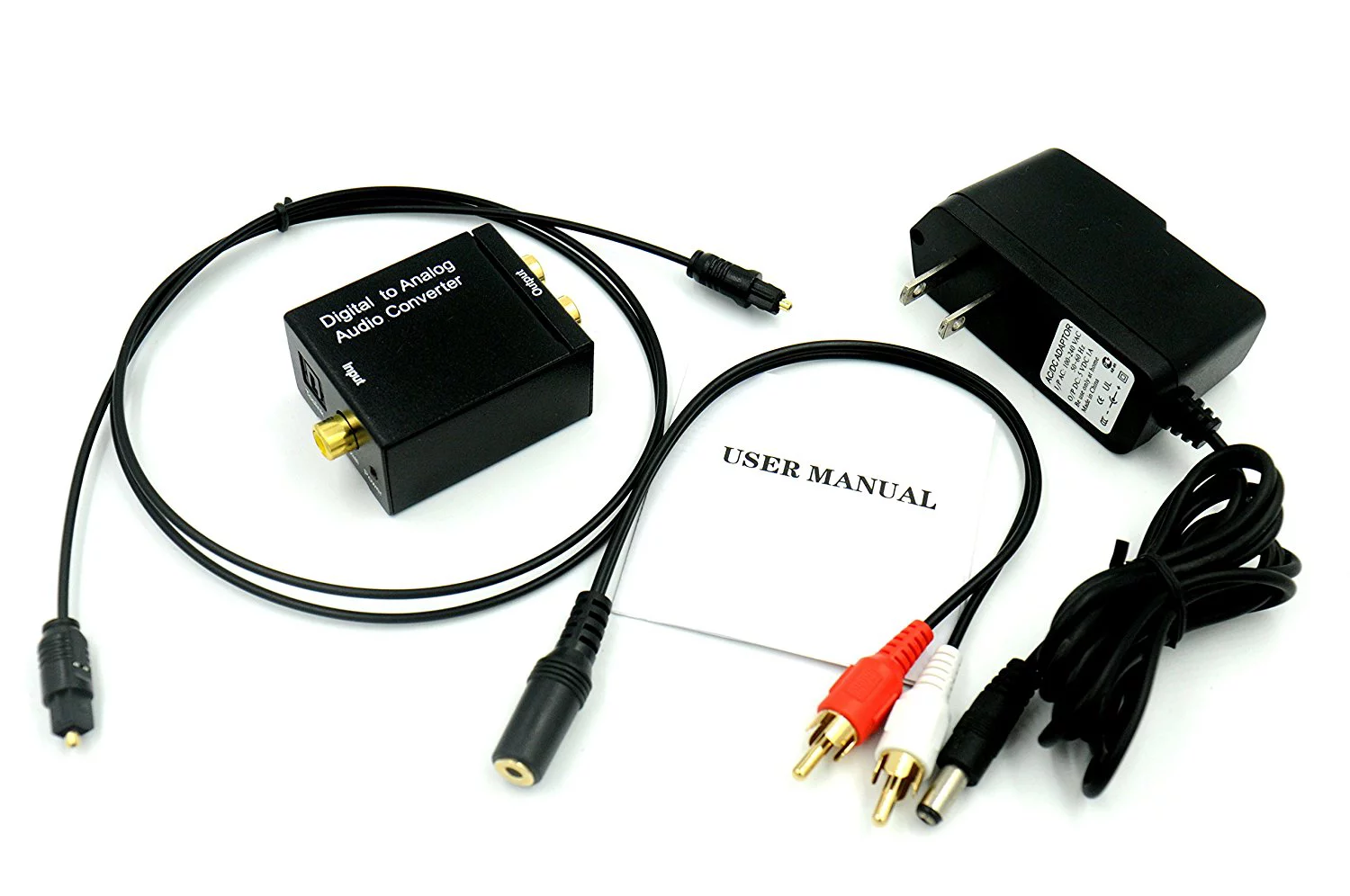

Articles
What Is A Digital Adapter
Modified: October 20, 2024
Discover what a digital adapter is and how it can enhance your digital experience. Read our informative articles on digital adapters to stay updated.
(Many of the links in this article redirect to a specific reviewed product. Your purchase of these products through affiliate links helps to generate commission for Storables.com, at no extra cost. Learn more)
Introduction
As technology continues to evolve, so does the way we consume digital media. Television, once limited to a handful of channels, now offers a plethora of options with the advent of digital broadcasting. However, with this transition comes the need for compatible equipment, and that’s where a digital adapter comes into play.
A digital adapter is a device that allows you to receive digital TV signals on your analog television. It serves as a bridge between the old and new systems, enabling you to access a wider range of channels and enjoy clearer, high-definition content. In this article, we will explore what a digital adapter is, its purpose, how it works, the different types available, and the benefits and limitations of using one.
Whether you’re new to the world of digital TV or considering upgrading your current setup, understanding what a digital adapter is and how it can enhance your viewing experience is crucial. So, let’s delve into the details and shed light on this important piece of technology.
Key Takeaways:
- Embrace the Digital Revolution
Digital adapters bridge the gap between analog and digital TV, offering access to a wider range of channels, improved picture and sound quality, and interactive features, all without the need for a new television purchase. - Affordable Access to Enhanced Viewing
Digital adapters provide an affordable solution for analog TV owners to enjoy the benefits of digital broadcasting. They offer ease of installation, expanded channel selection, and improved viewing experience, making them a valuable addition to any home entertainment setup.
Read more: What Is An Adapter
Definition of a Digital Adapter
A digital adapter, also known as a digital TV adapter or a set-top box, is a device that converts digital signals into analog signals so that they can be viewed on analog televisions. It acts as a translator, allowing older televisions that do not have built-in digital tuners to receive and display digital TV channels.
When digital broadcasting became the norm, older analog TVs became obsolete unless they were equipped with a digital tuner. Since not everyone was ready to invest in new televisions, digital adapters were introduced as an affordable solution to bridge the gap between analog and digital technologies.
A digital adapter typically connects to your analog TV through the coaxial cable input and converts the incoming digital signal into an analog format that can be displayed on the television screen. It usually requires an external power source and may come with additional features such as remote control functionality and on-screen menus for channel selection and settings.
These adapters are often provided by digital service providers or cable companies to their customers as part of their digital service packages. They are designed to be easy to install and use, making the transition to digital TV accessible and hassle-free for users with analog TVs.
In summary, a digital adapter is a device that facilitates the reception and display of digital TV signals on analog televisions. It acts as a converter, enabling users to access a wider range of channels and enjoy the benefits of digital broadcasting without having to upgrade their TV sets.
Purpose of a Digital Adapter
The primary purpose of a digital adapter is to enable users with analog televisions to receive and view digital TV signals. As television broadcasting has transitioned from analog to digital, the use of digital adapters has become essential for those who have not upgraded their TVs.
Here are some key purposes and benefits of using a digital adapter:
- Access to Digital Channels: With a digital adapter, you can access a wider range of digital channels that are not available through analog broadcasting. This allows you to enjoy an expanded selection of television programming, including high-definition (HD) channels.
- Improved Picture and Sound Quality: Digital TV signals provide superior picture and sound quality compared to analog signals. By using a digital adapter, you can enhance your viewing experience by experiencing sharper images and clearer audio.
- Interactive Features: Digital adapters often come with interactive features, such as on-screen program guides, interactive menus, and parental controls. These features provide convenience and enhance the overall user experience.
- Easier Channel Navigation: Digital adapters usually offer user-friendly interfaces that make it easier to navigate and switch between channels. By using features like electronic program guides, you can quickly find and select the desired channel or program.
- Compatibility with Digital Services: Digital adapters are designed to be compatible with digital cable, satellite, and over-the-air broadcasting services. This means that users can enjoy the benefits of these services without having to upgrade their analog televisions.
- Affordability: Digital adapters are more cost-effective compared to purchasing a new digital TV. They provide a budget-friendly solution for those who want to continue using their analog TVs while still enjoying digital content.
In sum, the purpose of a digital adapter is to provide compatibility between analog televisions and digital broadcasting. It allows users to access digital channels, experience improved picture and sound quality, navigate channels more easily, and take advantage of interactive features, all without the need for a new television purchase.
How a Digital Adapter Works
A digital adapter works by converting digital TV signals into analog signals that can be processed and displayed on analog televisions. Let’s explore the step-by-step process of how a digital adapter functions:
- Signal Reception: The digital adapter receives digital TV signals through an antenna, cable connection, or satellite dish. These signals contain audio, video, and other data that make up the television programming.
- Signal Decoding: The digital adapter decodes the digital signals using a built-in digital tuner. This tuner extracts the audio and video information from the signals and prepares them for conversion into analog format.
- Signal Conversion: Once the digital signals are decoded, the digital adapter converts them into analog signals that can be understood by analog televisions. This conversion process involves translating the digital audio and video data into analog format using digital-to-analog converters (DACs).
- Signal Transmission: The converted analog signals are then transmitted from the digital adapter to the analog television. This is typically done through a coaxial cable connection, where the adapter is connected to the television’s RF (radio frequency) input.
- Signal Processing and Display: Upon receiving the analog signals, the television processes them using its internal components such as the tuner and display circuitry. The processed signals are then displayed on the screen, allowing the viewer to watch the digital TV content in analog format.
It’s important to note that while a digital adapter allows analog televisions to display digital TV signals, it does not magically upgrade the TV to HD or enhance its picture quality beyond the capabilities of the analog display technology. The quality of the displayed content largely depends on the television’s features and display capabilities.
In summary, a digital adapter receives digital TV signals, decodes them, converts them into analog format, and transmits them to analog televisions for display. It acts as a intermediary device, enabling analog TVs to receive and enjoy digital content without the need for a complete TV upgrade.
Types of Digital Adapters
There are different types of digital adapters available in the market, each designed to cater to specific needs and television setups. Here are some common types of digital adapters:
- Basic Digital Adapter: This type of digital adapter is the most basic and typically offered by cable providers. It allows analog TVs to receive digital cable channels by converting the digital signal into analog format. Basic digital adapters usually come with limited features and channel access.
- Digital Cable Box: A digital cable box is a more advanced digital adapter that provides additional features and functions. It offers better channel selection, on-screen program guides, interactive menus, and sometimes even DVR capabilities. Digital cable boxes are commonly used with cable TV subscriptions.
- Satellite Receiver: Satellite receivers are digital adapters designed specifically for satellite TV services. They receive the satellite signals and convert them into analog format for display on analog TVs. Satellite receivers often come with features like channel guide, parental controls, and sometimes DVR functionality.
- Over-the-Air Digital Converter Box: This type of digital adapter is used for over-the-air broadcasts, allowing analog TVs to receive digital signals from local broadcasting stations. Over-the-air digital converter boxes usually come with a built-in digital tuner and may have additional features like electronic program guides.
- Smart TV Box: Smart TV boxes are digital adapters that provide internet connectivity and turn your analog TV into a smart TV. These devices allow you to stream content from popular streaming services, browse the internet, and access various apps. Smart TV boxes may also offer additional features like voice control and gaming capabilities.
It’s important to note that the availability of specific digital adapters may vary depending on your geographic location and the service providers in your area. It’s recommended to check with your service provider or retailer to find the appropriate digital adapter for your television setup.
Ultimately, the type of digital adapter you choose will depend on your specific needs, budget, and the features you desire. Whether you opt for a basic digital adapter or a more advanced option with additional functionality, using a digital adapter allows you to maximize the capabilities of your analog TV and gain access to a wider range of digital channels and features.
A digital adapter is a device that allows you to convert digital signals to analog signals, making it possible to connect digital devices to older analog equipment. It can be useful for connecting newer technology to older TVs or audio systems.
Read more: What Is A Lug Adapter
Benefits of Using a Digital Adapter
Using a digital adapter provides several benefits for individuals who have analog televisions and want to access digital TV signals. Here are some key advantages of using a digital adapter:
- Access to Digital Channels: A digital adapter allows you to access a wider range of digital channels that are not available through analog broadcasting. You can enjoy a greater variety of programming options, including high-definition (HD) channels.
- Improved Picture and Sound Quality: Digital TV signals offer superior picture and sound quality compared to analog signals. By using a digital adapter, you can experience clearer images, vibrant colors, and enhanced audio for an immersive viewing experience.
- Interactive Features: Many digital adapters come with interactive features such as on-screen program guides, interactive menus, and parental controls. These features make it easier to navigate and find your favorite programs, as well as provide additional convenience and customization options.
- Expanded Channel Selection: Digital adapters often provide a greater selection of channels compared to traditional analog broadcasting. You can access local channels, national networks, specialty channels, and premium channels depending on your service provider and subscription package.
- Compatibility with Digital Services: Digital adapters are designed to work seamlessly with various digital services such as digital cable, satellite, or over-the-air broadcasting. This means you can enjoy the benefits of these services without needing to purchase a new digital television.
- Affordability: Digital adapters are a cost-effective solution for individuals who want to access digital TV signals without investing in a new television. They are generally more affordable than purchasing a new TV set and allow you to continue using your existing analog television.
- Ease of Installation and Use: Digital adapters are typically straightforward to install and use. They are designed to be user-friendly, with simple setup procedures and intuitive interfaces, making it easy for anyone, regardless of technical expertise, to get up and running quickly.
Using a digital adapter opens up a world of possibilities for individuals with analog televisions. It enables you to enjoy the benefits of digital broadcasting, such as improved picture and sound quality, expanded channel selection, and interactive features, all while allowing you to keep using your existing TV equipment.
It’s worth noting that the specific benefits may vary depending on the type of digital adapter and the level of service provided by your selected service provider. It’s recommended to research and compare different options to find the digital adapter that best suits your needs and preferences.
Limitations of Using a Digital Adapter
While using a digital adapter offers numerous benefits, it’s important to be aware of its limitations. Here are some key limitations to consider:
- Limited Picture Quality: Although digital TV signals provide better picture quality than analog signals, the limitations of analog television technology can still impact the overall image quality. Analog TVs may not be capable of displaying high-definition (HD) content or achieving the same level of clarity and detail as newer digital TVs.
- Restricted Audio Output: Analog TVs may not have the capability to output digital surround sound or other advanced audio formats. This means that even if the digital TV signal contains high-quality audio, it may be downgraded to stereo or mono when played through an analog system.
- Limited Features: Basic digital adapters may have limited features and functionalities compared to more advanced digital cable boxes or smart TV boxes. You may not have access to interactive features like on-screen program guides, interactive menus, or other enhanced functions that are available with more advanced devices.
- Channel Restrictions: The availability of channels may be limited depending on your location, service provider, and subscription package. Some digital adapters may only provide access to a subset of digital channels, excluding premium or specialty channels that may require additional fees or higher-tier subscriptions.
- Compatibility Issues: Not all digital adapters are compatible with every television or service provider. It’s important to ensure that the digital adapter you choose is compatible with your specific television model and the digital service you wish to use. Additionally, certain digital adapters may not be compatible with older analog TVs that lack the necessary input/output connections.
- Dependence on Service Provider: Using a digital adapter often requires you to have a subscription with a digital service provider. This means you are dependent on the provider’s availability, pricing, and service quality. In some cases, service disruptions or changes in service offerings can affect your access to digital channels.
Despite these limitations, a digital adapter can still significantly enhance your analog TV viewing experience by granting access to a wider range of channels and improving the overall picture and sound quality. However, it’s important to set realistic expectations and understand that a digital adapter may not provide all the features and capabilities of a brand-new digital television.
Before purchasing a digital adapter, it’s advisable to research and compare different options, considering both the limitations and the benefits, to make an informed decision about which digital adapter best suits your needs and aligns with your television setup and viewing preferences.
Frequently Asked Questions (FAQs)
Here are some frequently asked questions about digital adapters:
- Can I use a digital adapter with any analog TV?
- Do I need a digital adapter if I have a digital TV?
- Are digital adapters compatible with cable, satellite, and over-the-air broadcasting?
- Can I use a digital adapter to watch high-definition (HD) channels?
- Can I record TV programs with a digital adapter?
- What is the process to install a digital adapter?
- How much does a digital adapter cost?
- What happens if I don’t use a digital adapter?
Generally, digital adapters are designed to work with most analog televisions. However, it’s important to check the compatibility of the digital adapter with your specific TV model and its available connections.
No, if you already have a digital TV with a built-in digital tuner, you do not need a digital adapter. Digital adapters are specifically designed for analog TVs that lack a built-in digital tuner.
Yes, digital adapters are typically compatible with various digital broadcasting services, including cable, satellite, and over-the-air broadcasts. However, it’s important to confirm the compatibility with your specific service provider.
While digital adapters can provide digital channels, not all adapters support HD channels. Basic digital adapters may only offer standard-definition (SD) channels. If you want to watch HD channels, you may need a more advanced digital cable box or satellite receiver.
Basic digital adapters typically do not have built-in recording capabilities. If you want to record TV programs, you may need a digital cable box with DVR (digital video recorder) functionality or a separate DVR device.
The installation process for a digital adapter may vary depending on the specific model and service provider. However, it generally involves connecting the adapter to the television using a coaxial cable and following the provided instructions for setup and activation.
The cost of a digital adapter can vary depending on the type of adapter and the service provider. Some providers offer digital adapters as part of their service packages, while others may charge a monthly rental fee or require you to purchase the adapter outright.
If you have an analog television and do not use a digital adapter, you will not be able to receive and view digital TV signals. You may be limited to a few analog channels or experience poor reception quality.
This list of FAQs should provide answers to some common questions about digital adapters. However, it’s important to consult with your service provider or retailer for specific information regarding the digital adapter you are considering and your unique television setup.
Conclusion
The transition from analog to digital TV broadcasting has revolutionized the way we consume television content. For those with analog televisions, digital adapters play a crucial role in bridging the gap between old and new technologies. By converting digital signals into analog format, these adapters allow users to access a wider range of channels and enjoy the benefits of digital broadcasting.
Throughout this article, we’ve explored the definition, purpose, functioning, types, and benefits of using a digital adapter. We’ve also discussed the limitations and provided answers to frequently asked questions to help you better understand this important piece of technology.
Using a digital adapter opens up a world of possibilities, from accessing a broader selection of digital channels to experiencing improved picture and sound quality. They also often come with interactive features, making channel navigation and content discovery more convenient. Additionally, digital adapters provide a cost-effective solution for individuals who want to continue using their analog televisions.
However, it’s important to keep in mind the limitations of using a digital adapter, such as potential restrictions in picture quality, limited features compared to advanced devices, and the reliance on service providers for channel availability and quality.
In conclusion, the use of a digital adapter can significantly enhance the TV viewing experience for individuals with analog televisions. It allows for the seamless integration of digital broadcasting into older TV sets, providing access to a wider range of channels, improved quality, and interactive features. Whether you’re looking to upgrade your TV setup or simply want to continue using your analog television, a digital adapter offers a convenient and affordable solution to enjoy the benefits of digital TV broadcasting.
Frequently Asked Questions about What Is A Digital Adapter
Was this page helpful?
At Storables.com, we guarantee accurate and reliable information. Our content, validated by Expert Board Contributors, is crafted following stringent Editorial Policies. We're committed to providing you with well-researched, expert-backed insights for all your informational needs.
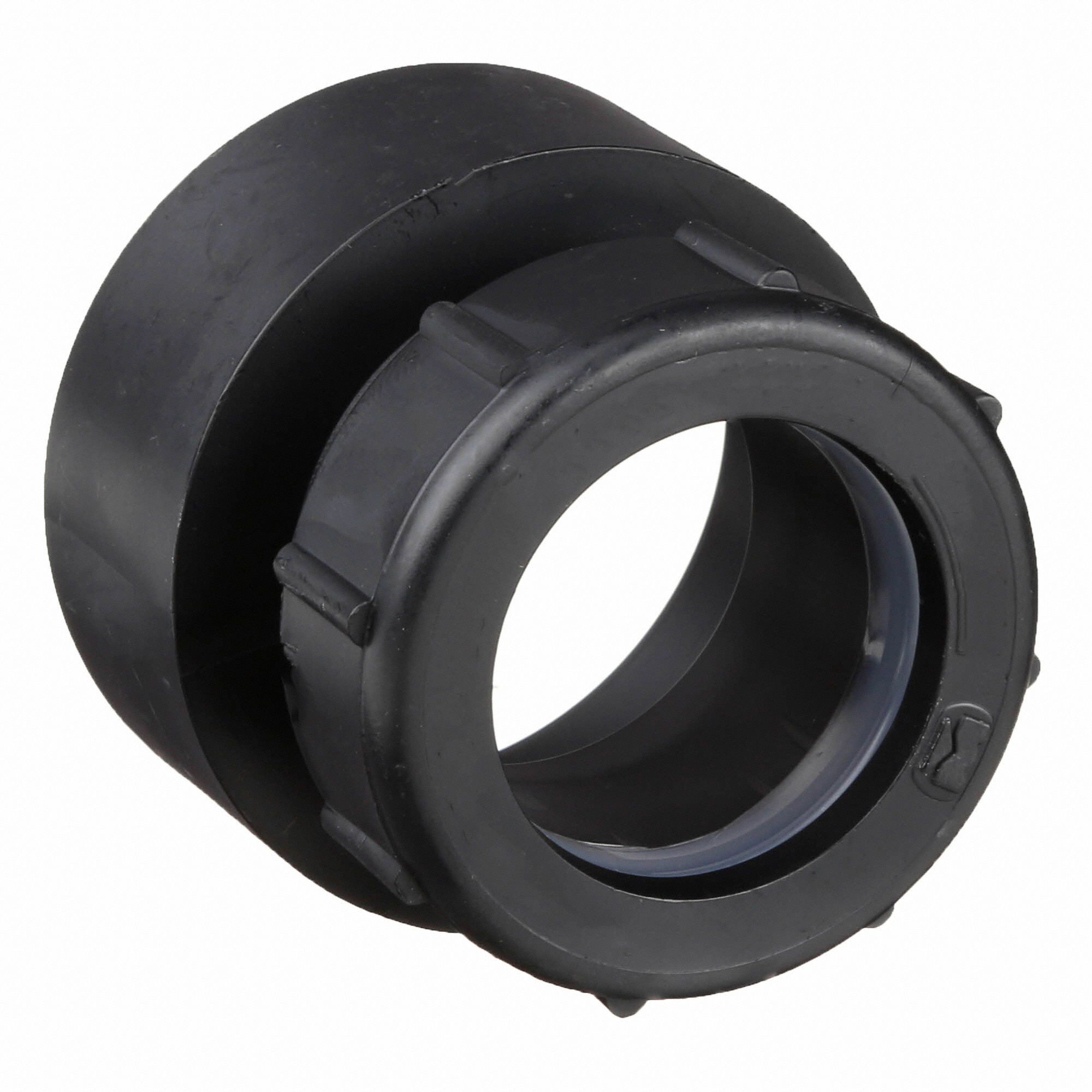
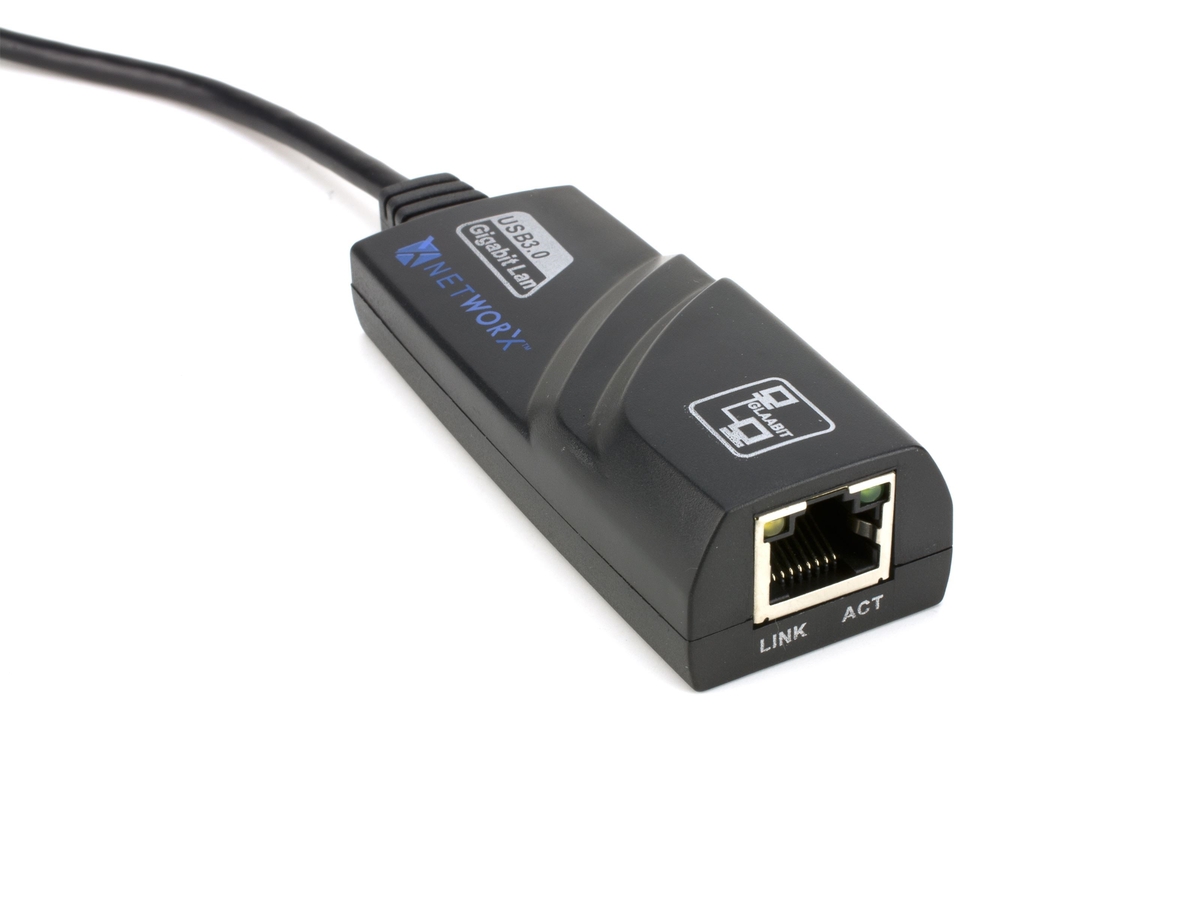
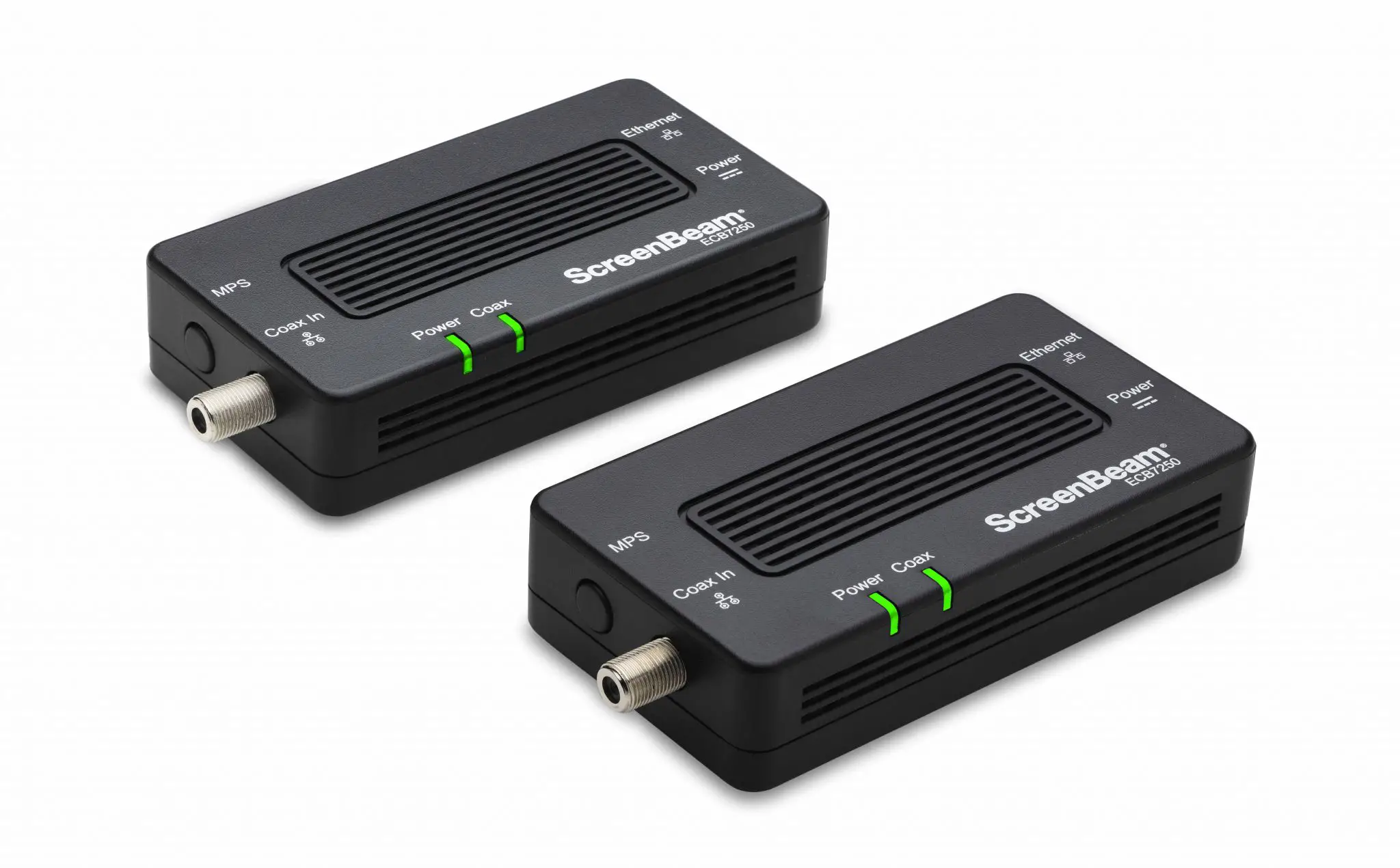
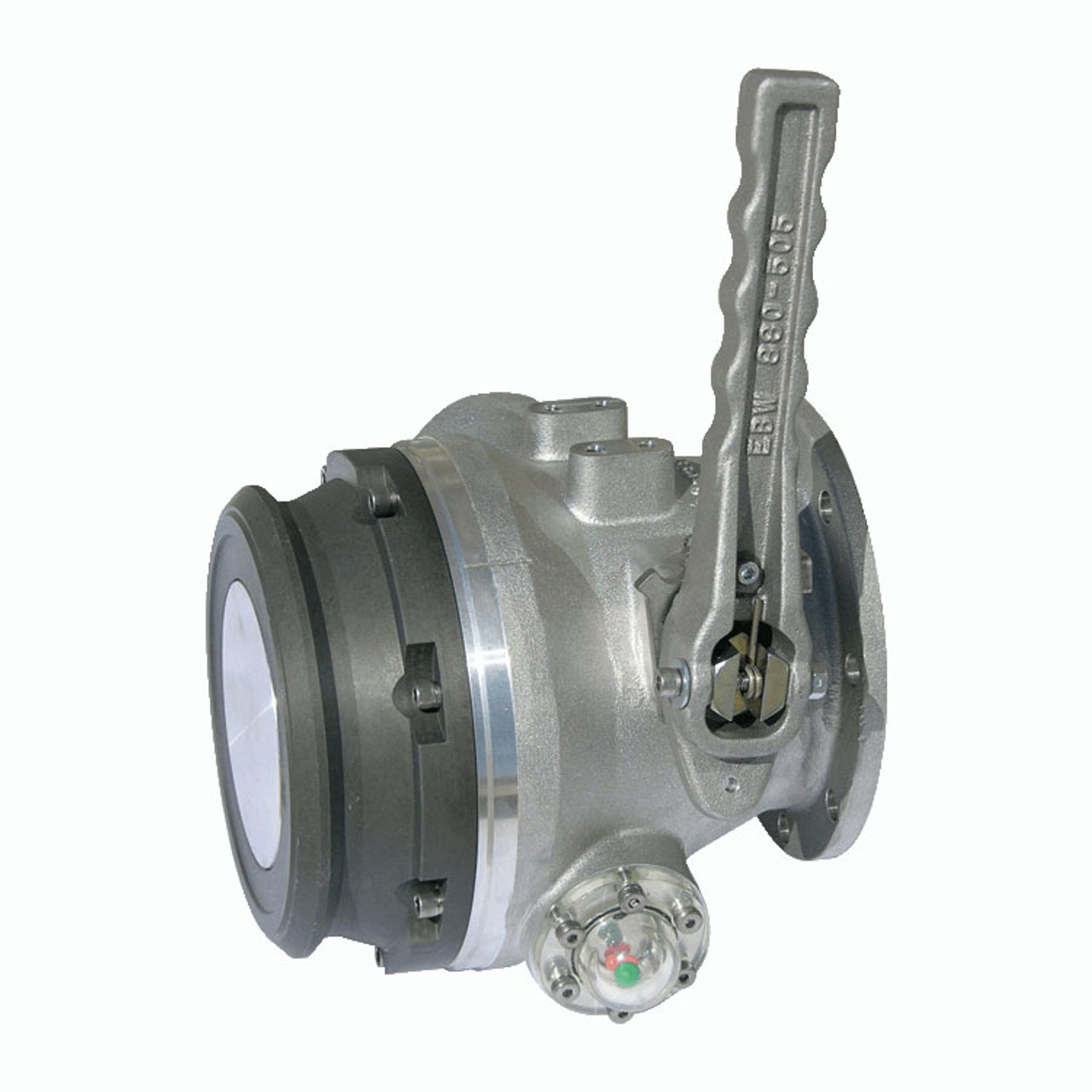
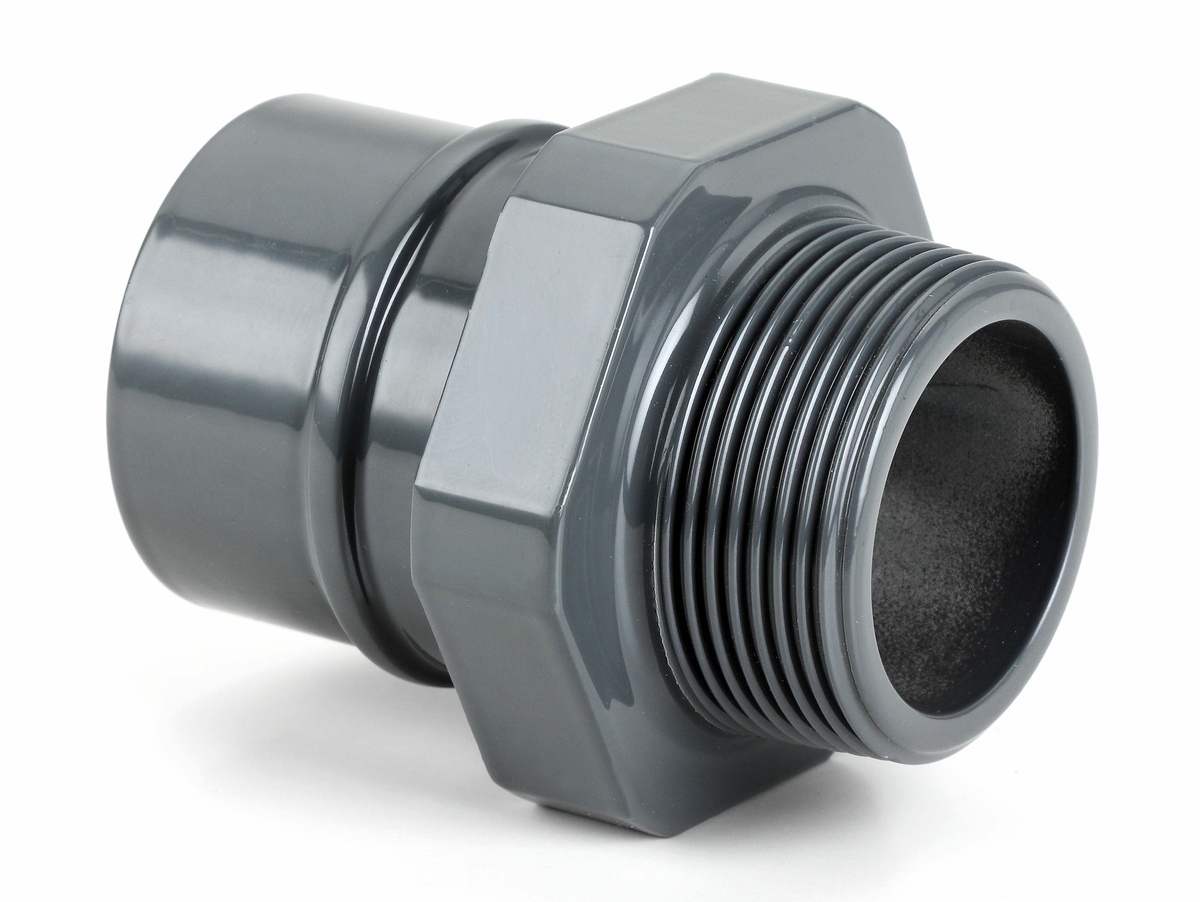
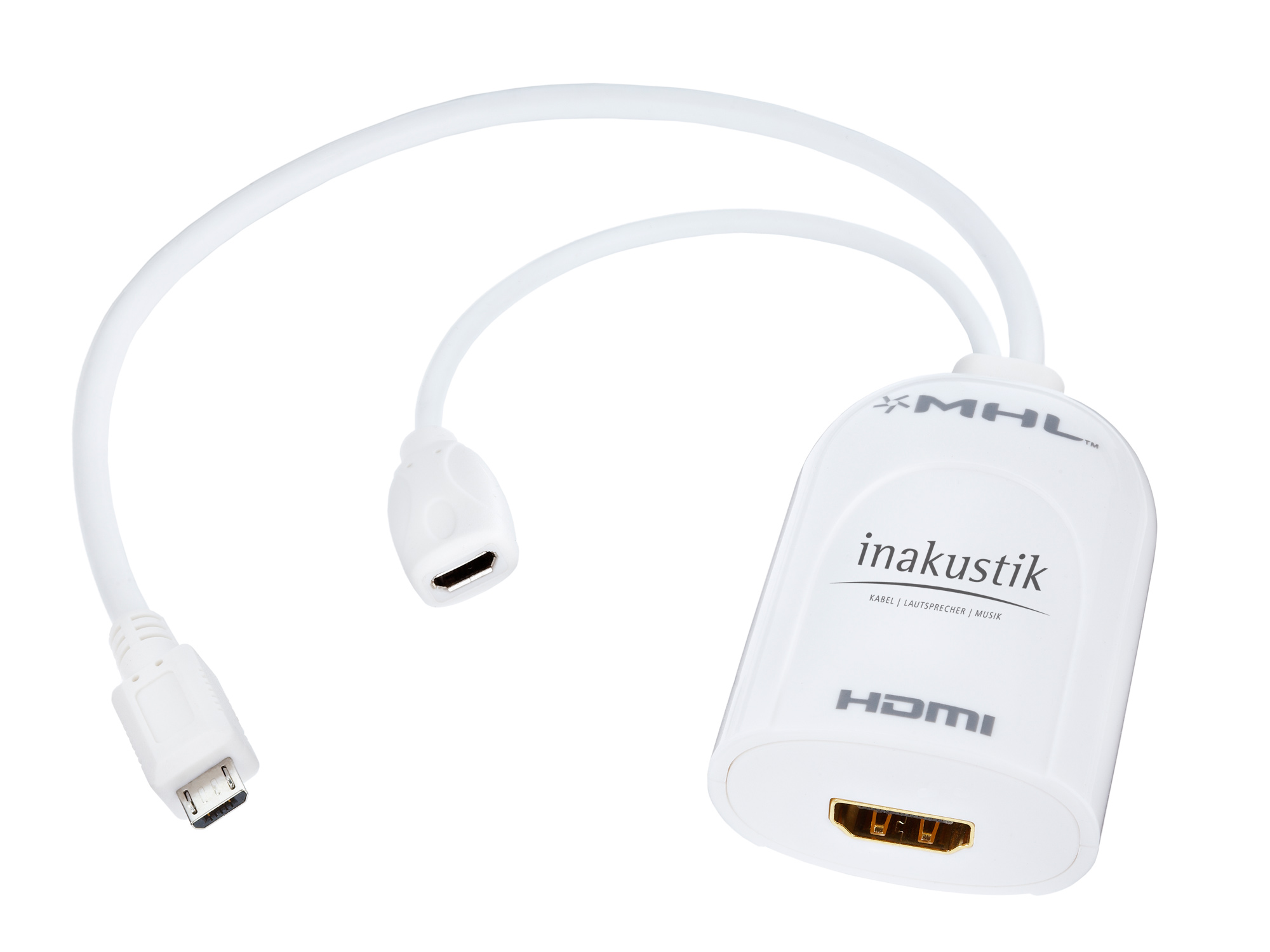
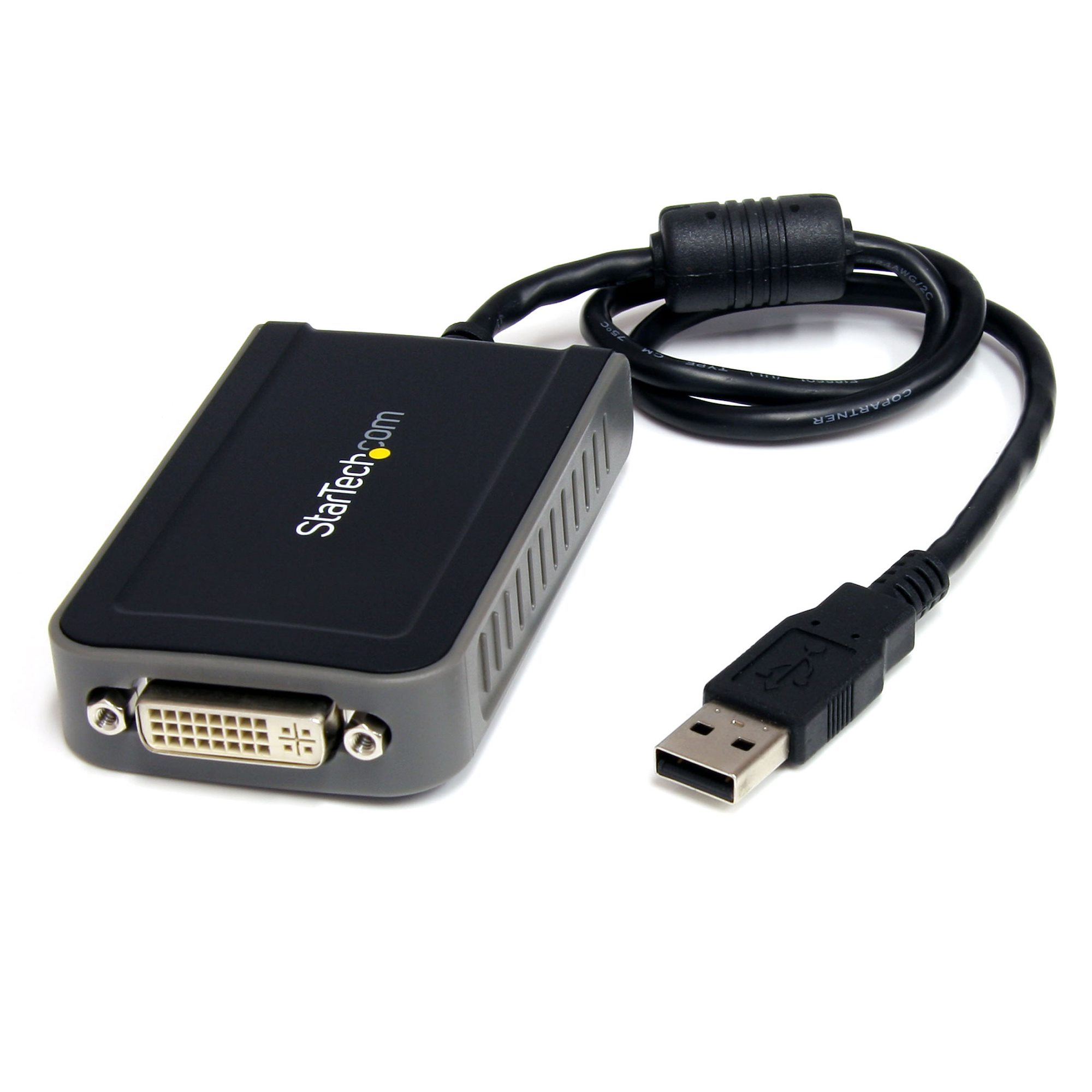
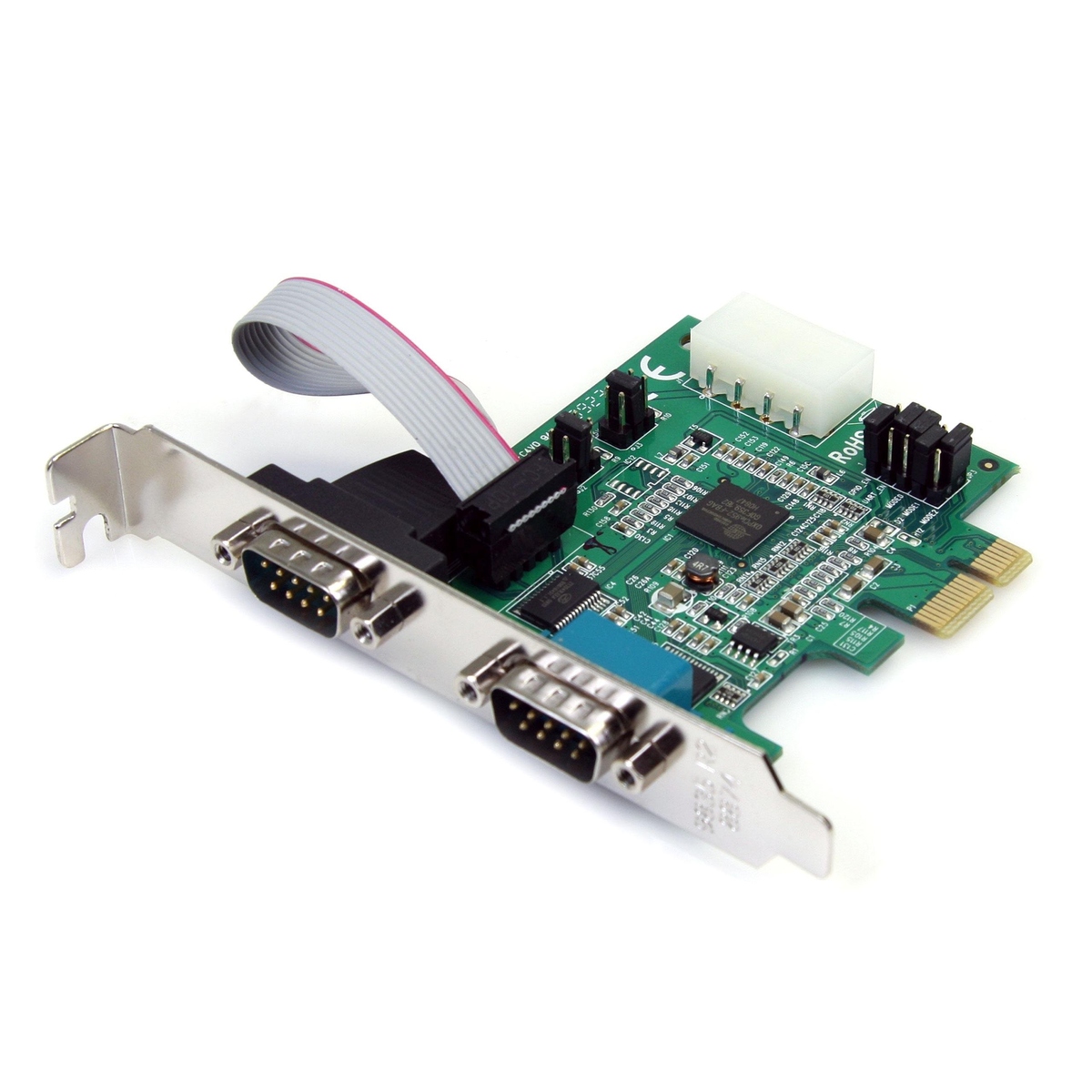
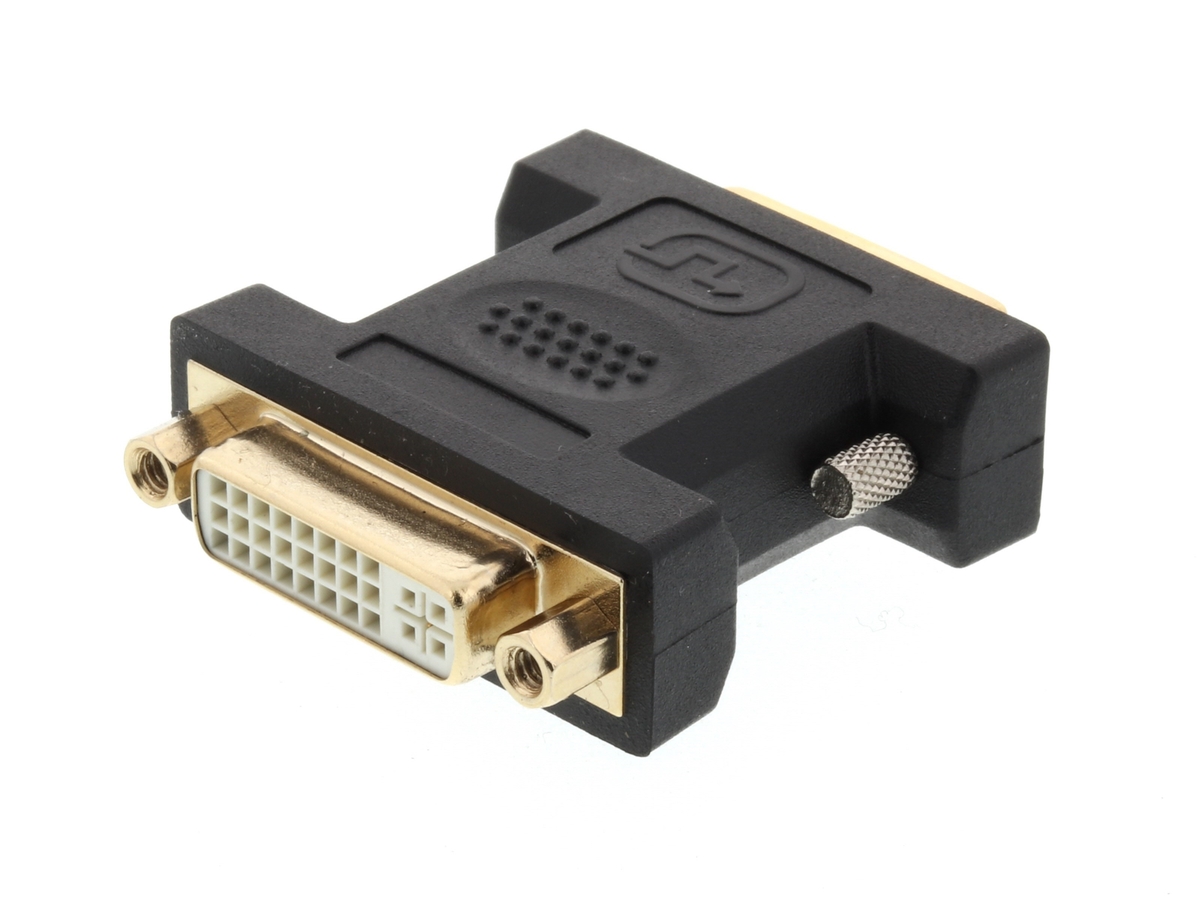
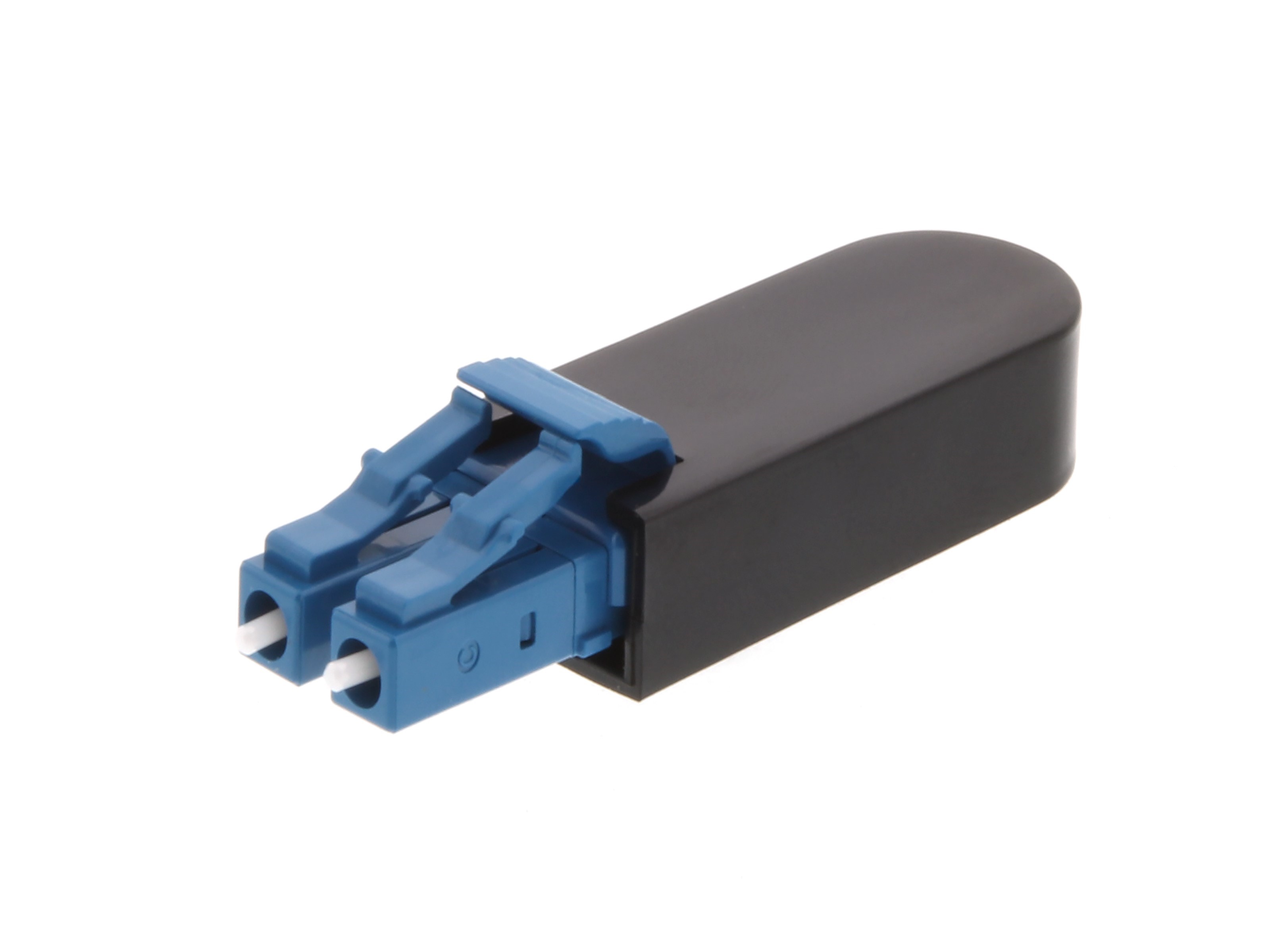
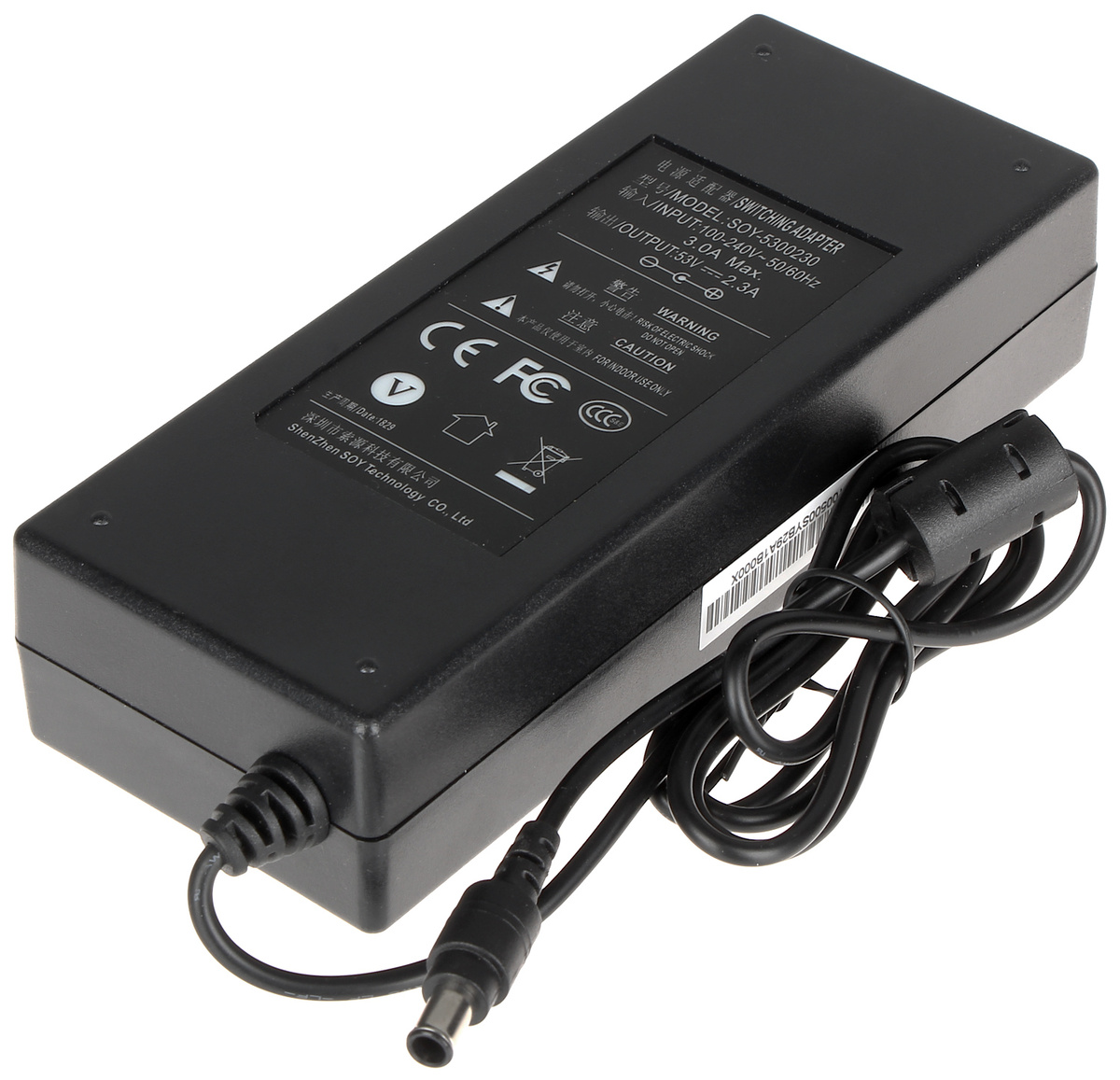
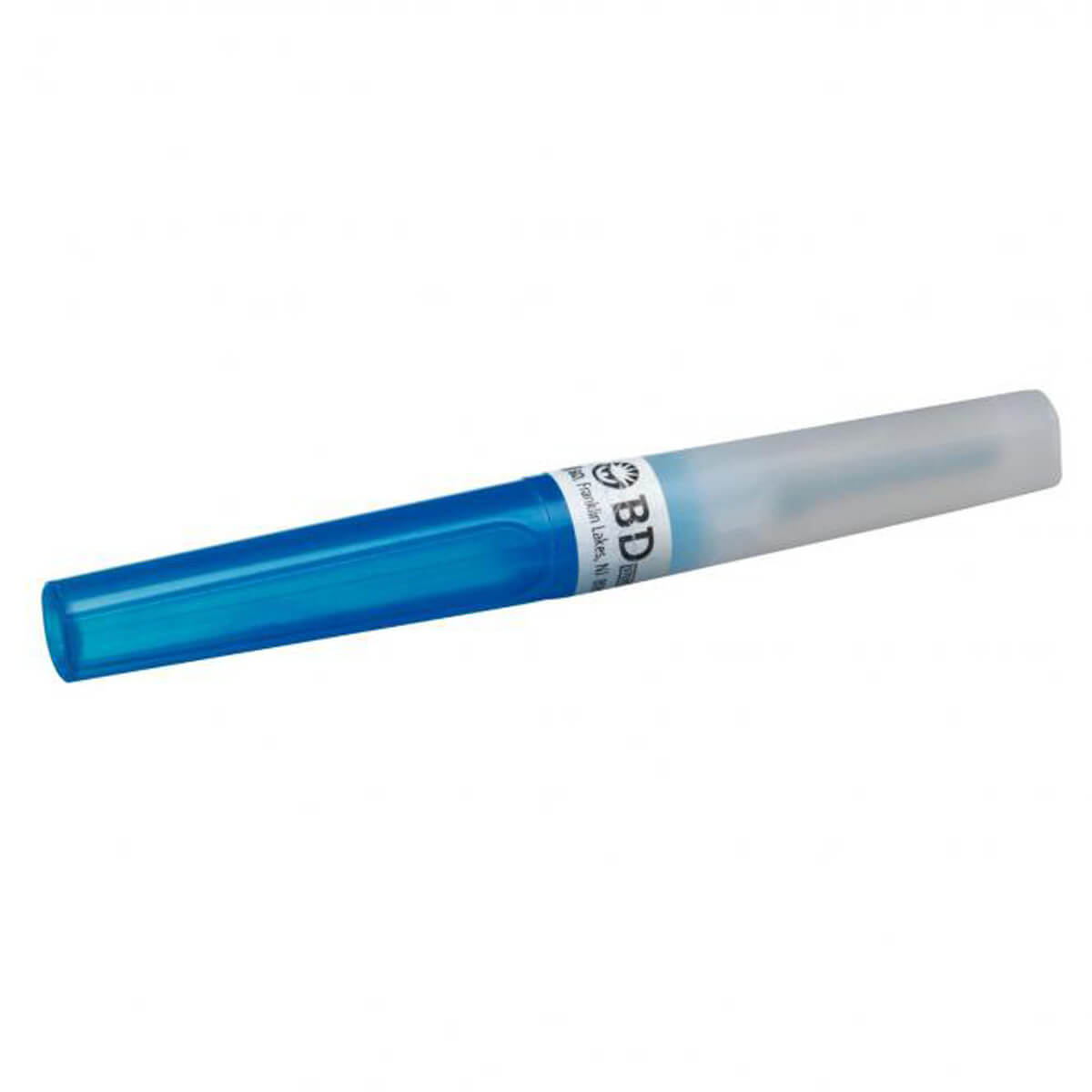
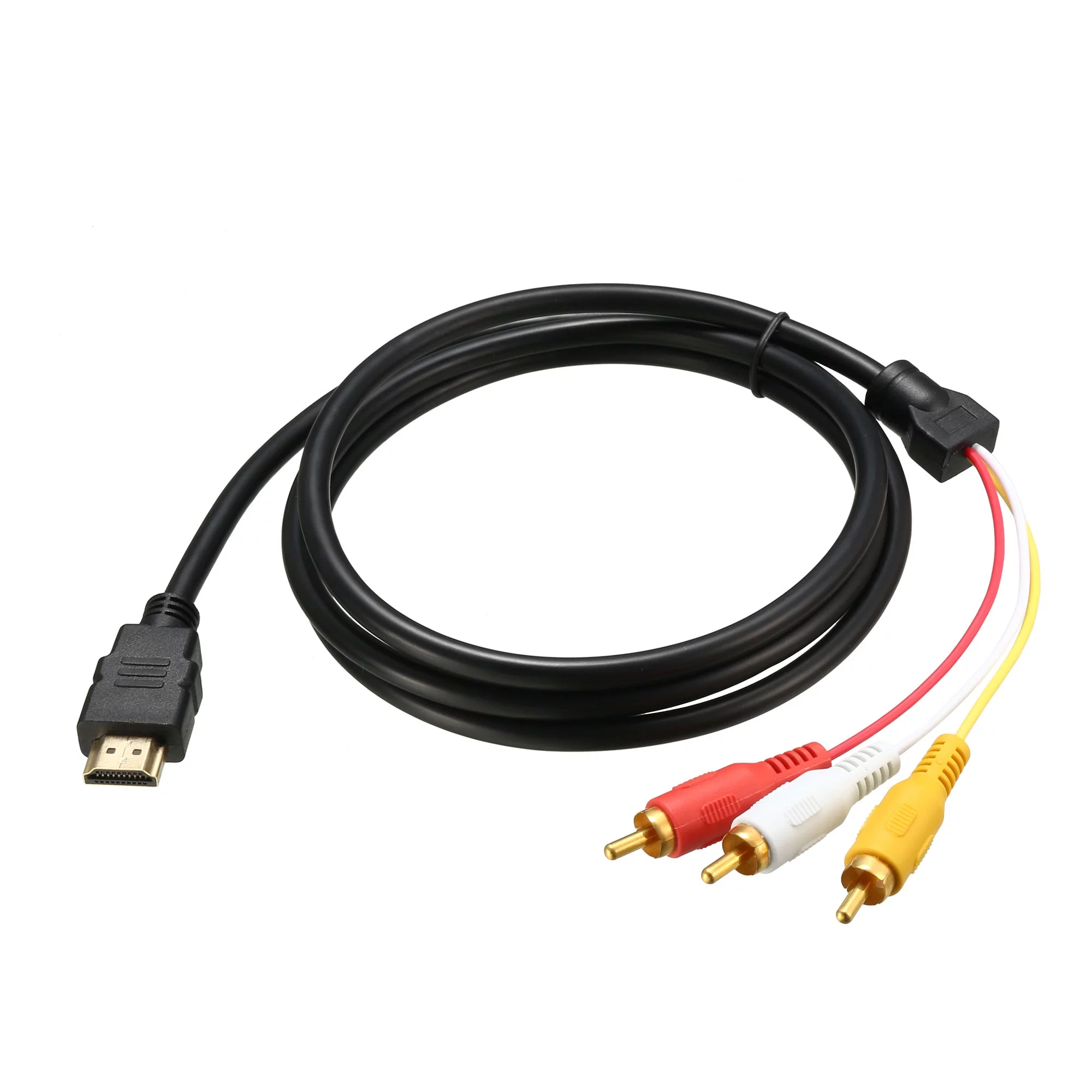
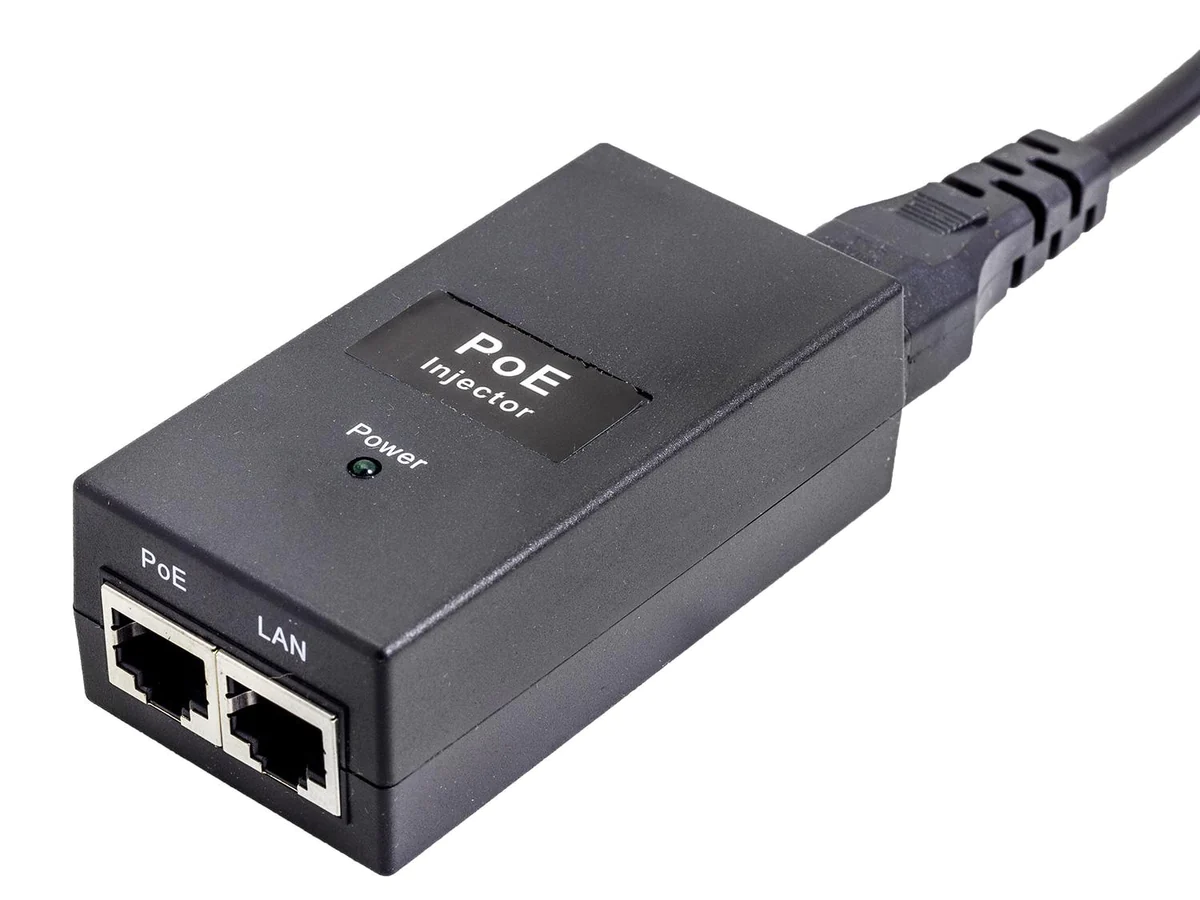

0 thoughts on “What Is A Digital Adapter”